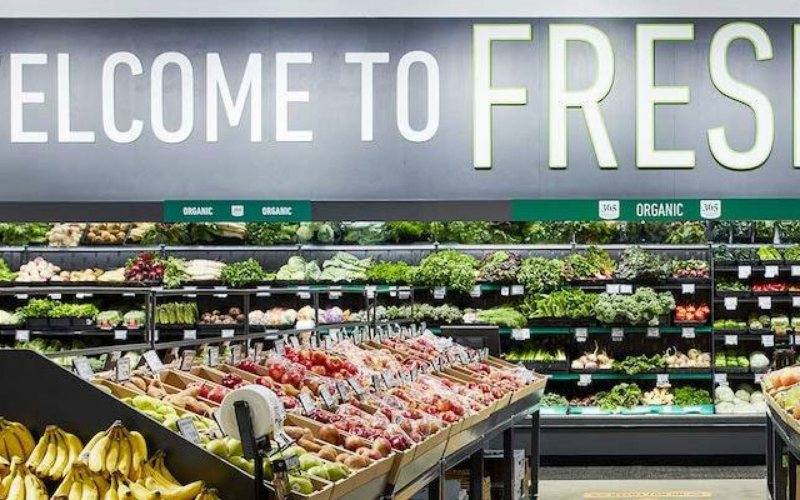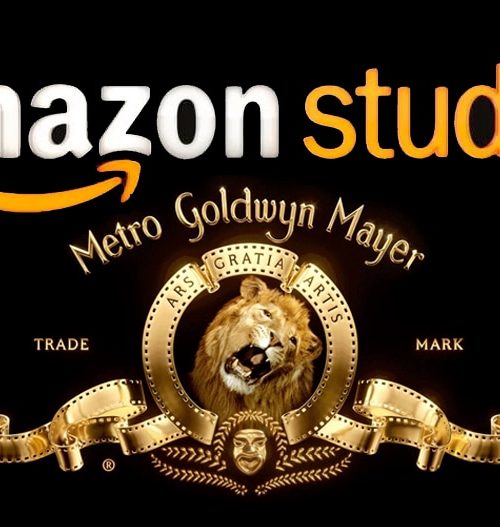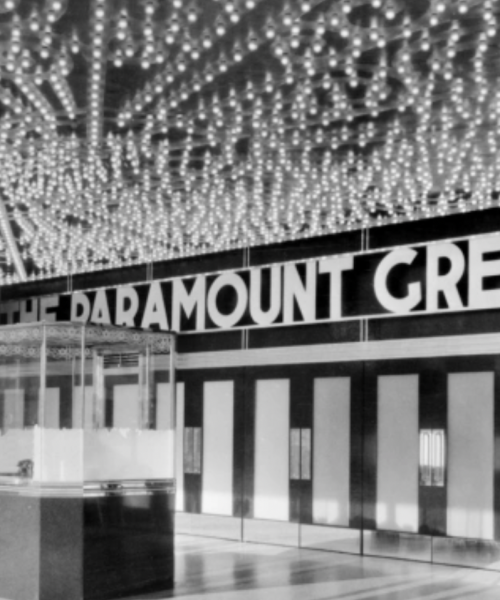Bill Bishop | SuperMarketNews.Com
Troy Warren for CNT #Business
Retail industry expert Bill Bishop explains how grocers can compete with this new arrival, both in-store and online
Recognized as one of the retail food industry’s preeminent advisors, Supermarket News contributor Bill Bishop has been involved in research and consulting for several decades with a concentration on the new issues, competitors and developments impacting this business.
In 2011, Bill co-founded and became the Chief Architect at Brick Meets Click, an analytics and strategic insight firm that leverages its industry expertise, clear thinking and practical solutions to help clients solve the challenge of finding new routes to success in the changing U.S. grocery market.
When the first Amazon Fresh store opened, it was tempting to discount its ability to impact the market because it looked a lot like a traditional supermarket.
Now that we’ve had the opportunity to study these stores and shop the ones open in Illinois, we’re in a position to talk about what grocers will be up against and to offer some ideas on how they can deal with this new competitor – one that appears to offer a dual threat to both online and in-store business.
Here’s a summary of what we’ve learned so far.
Good Locations
Working with Lou Scudere of Riverbend Retail Consulting, we analyzed eight sites where the first Amazon Fresh stores would be built and found they had been carefully selected.
- All were in trade areas with high population densities and above average median income.
- All were in locations with high daytime populations.
- Most locations also make second use of existing buildings and have smaller footprints than most newer supermarkets at 32,000-45,000 square feet.
Implication: These stores are located to raise awareness with a large number of customers and alert them that Amazon Fresh now has a physical presence in the market that meets a broad range of shopper needs. This physical presence gives them 24/7 visibility and provides confidence — for those shoppers who need it — that when they’re shopping online they are working with a real grocery store, not just an anonymous online provider.

Most Amazon Fresh locations make second use of existing buildings and have smaller footprints than most newer supermarkets, at 32,000-45,000 square feet.
Lower Capital Investment
As “second uses” of existing buildings, each Amazon Fresh store can be opened with a lower capital investment than needed for a store built from the ground up, so Amazon can build more stores with the same amount of capital investment. Probably more important, these stores will operate with a lower occupancy cost, and therefore they can break even at a lower sales volume than newly built stores. This means that Amazon Fresh can stay profitable longer than competitors with higher break-even levels as competitors push margins down. In other words, these stores are built to outlast the competition.
Implication: Grocers need to continually find ways to take costs out of their business without sacrificing their value propositions so they can operate profitably as competition heats up.
Powerful Online Competitor
Amazon Fresh is focused on implementing delivery, the highest cost fulfillment method for online orders. This builds off the Amazon Prime benefit of unlimited 2-hour deliveries. At a time when most grocery retailers are promoting pickup — and customers are favoring pickup because of lower fees — Amazon is focused on a fulfillment option that many customers would prefer if it didn’t include an added cost.
Although the Fresh stores don’t seem to have an efficient order-building process, it looks like their strategy is to use the stores to lock up this business in their trade areas. They:
- Typically operate as a dark store for several weeks prior to opening to the public, giving them a solid base of delivery business while working out any kinks.
- Aggressively promote delivery as a Prime membership benefit. At the same time, they promote other features and benefits of Prime to stress the value of Prime membership and enhance the sense of community among Prime Members.
- A number of Amazon pick centers (dark stores) located away from commercial areas supplement the Fresh stores’ online order fulfillment.
Implication: Until now Amazon hasn’t been successful in getting the tens of millions of Prime members to also buy groceries at retail, probably because the only option was Whole Foods, but it looks like the Fresh stores will allow them to make progress on this goal.
The “delivery first” strategy also allows Amazon Fresh stores to attract some of the online pickup business from other grocers, without always making it obvious that the business is being lost. These new shoppers are especially valuable since they are Prime members who tend to be higher-income and bigger grocery spenders.

Fresh and prepared foods sections at Amazon Fresh stores are eye-catching and offer full variety, notes Bill Bishop.
Competitive In-Store Offerings
While the in-store shopping experience at Amazon Fresh at first looked traditional, shopping the stores reveals that they have some unique benefits.
Speed to shop. The size of the store — smaller than typical supermarkets, but with all of the brands most shoppers would want — makes it time-effective to shop.
Fresh and prepared foods sections are eye-catching and offer full variety. Sandwiches and prepared foods are both standouts.
Other impressions: It isn’t easy to quickly determine the Amazon Fresh pricing strategy, even though Amazon has said they will be affordable, but the extra 10% discount off of sale prices for Prime members certainly reinforces the value of the membership program and helps capture purchase data. One negative is the height of center-store shelving, which limits shoppers’ ability to see across the store, and when combined with narrow aisles, can make it feel like one is shopping in a tunnel.
Service Enhanced by Technology
Technology is an important part of the store offering, but it tends to be in the background. This is first and foremost a store that’s focused on food rather than a grocery store, and some of its service enhancements are enabled by technology.
- “Ask Alexa” stations are located conveniently around the store.
- Electronic shelf labels are easily legible on all products, and larger graphic displays offer product promotions and shopper advice.
- While the Dash Cart is smaller than the standard grocery cart and suffers from other limitations (it’s not allowed to leave the store), it displays your shopping list, delivers guidance on where to find the products in the store, keeps a running total of purchases and offers the opportunity to skip the checkout.
Implication: From a shopper’s point of view, this store has a lot to like. It will probably appeal most to Millennial shoppers who sense how the layout of the store and products tilt toward their lifestyle preferences — think of it as bigger than a Trader Joe’s but smaller than a typical supermarket with enough product and brand choice to satisfy most customers, along with more technology-delivered customer service.
Responding to Amazon Fresh’s Dual Threat
The stores we visited are effective in attracting the online business, plus they have a strong in-store offering, so they pose a dual threat to grocery retailers operating around them. Amazon Fresh will likely have its biggest impact on grocers who serve a higher-income, younger customer base.
- To counter its online offering, grocers must find ways to lower the cost of delivery or risk letting Amazon dominate that market segment.
- To counter its in-store offering, it will be necessary to invest in technology that gives their customers who want to the opportunity to skip the checkout lane or at minimum speed up the regular checkout process so that it is a pleasant service experience.
In Other NEWS



































